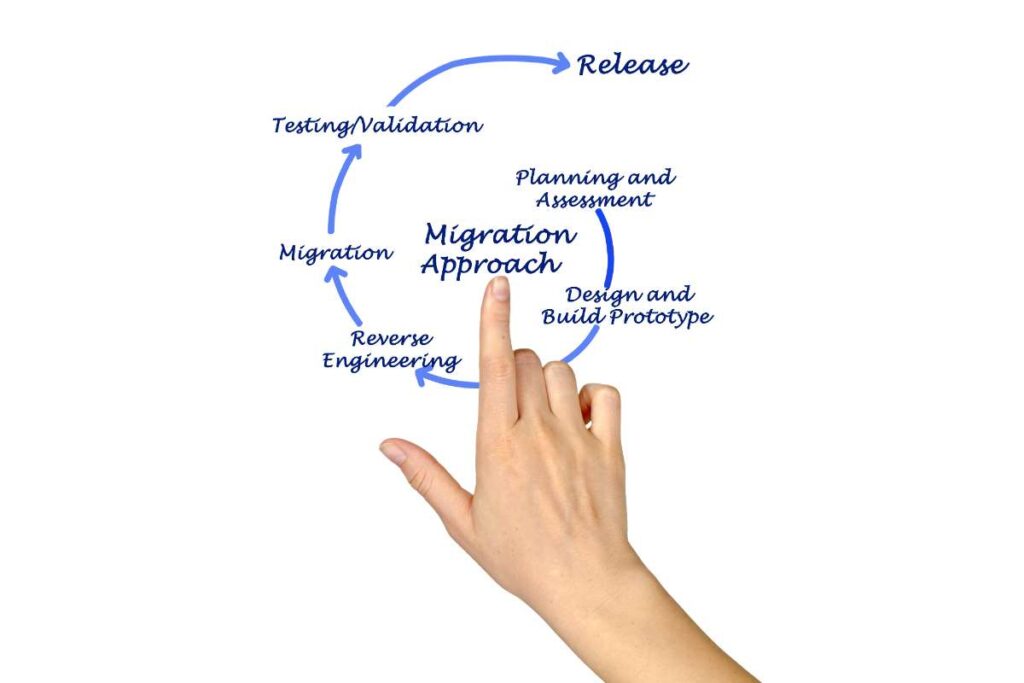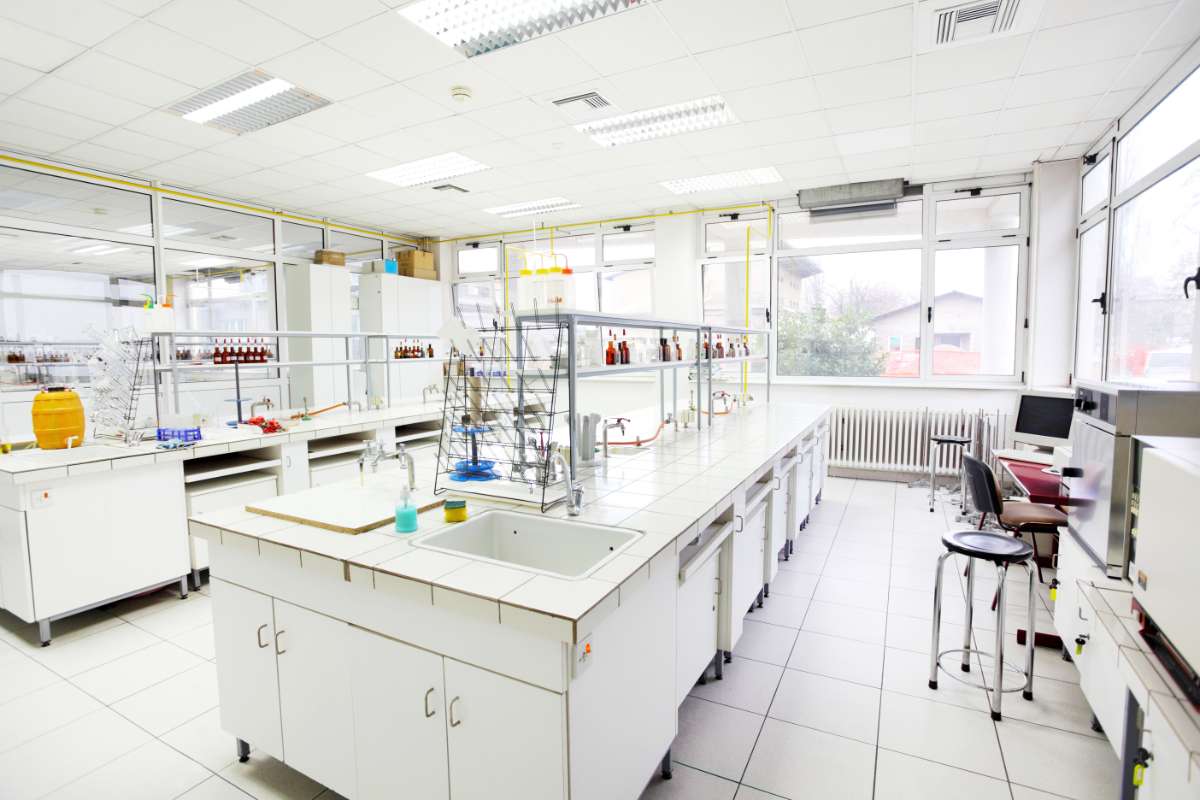Effectively managing laboratory information is important to ensuring quality results and compliance with standards. More and more laboratories are choosing LIMS (Laboratory Information Management Systems) to centralise their data, automate processes, and enhance traceability. However, migrating to a new LIMS can be complex without proper planning. This article presents the key steps for a successful migration, minimising risks and maximising the benefits for your laboratory.
Analysing needs and defining objectives
Before starting the migration process, it is essential to carry out a thorough needs analysis. This includes evaluating the current LIMS to identify its limitations: lack of functionality, integration difficulties, high maintenance costs, or insufficient regulatory compliance.
Identifying specific objectives
Clearly defining migration objectives is an indispensable step. These may include improving operational efficiency, automating specific tasks, facilitating integration with other systems, or enhancing data security. Involving key stakeholders (scientists, technicians, managers) ensures a clear understanding of the needs to be met and the features to prioritise.

Selecting the New LIMS System
Choosing a new LIMS system requires a comparative study of the different options available on the market. When evaluating, several criteria should be considered, such as compatibility with existing equipment and software, system scalability to meet future needs, acquisition and maintenance costs, and the level of technical support offered by the provider.
Selection criteria
A good LIMS should be intuitive and flexible. Request demonstrations to assess each solution’s usability and its ability to handle data specific to your laboratory. Do not hesitate to consult the LIMS Logiciel website for detailed information and solutions tailored to modern laboratory requirements.
Preparing the migration plan
Successful migration largely relies on meticulous planning for each step. This involves defining the data to be migrated, outlining necessary steps, and anticipating human and technical resources.
Data Inventory
Data transfer is a delicate operation. A comprehensive inventory of the data to be migrated must be conducted to avoid transferring outdated or incorrect data. This may include revising formats, removing duplicates or outdated data, and preparing the data for import into the new LIMS.
Detailed planning
For a smooth migration, develop a multi-phase migration plan. This should include a transition period during which the old and new systems coexist. This transition phase ensures continuity of operations in case of issues and allows for troubleshooting before the new system becomes fully operational.

Data migration
Data migration is a complex and critical step. It includes extracting data from the current system, transforming it to be compatible with the new LIMS, and then loading it into the latter.
Data extraction and transformation
The first step is to extract the data from the existing system, which may require specific tools to convert the information into a compatible format. The data must then be cleaned, which involves removing duplicates and correcting errors.
Data loading and validation
Once the data is prepared, it is loaded into the new LIMS system. It is essential to conduct validation tests to ensure that all information has been correctly migrated. Check the integrity and accuracy of the data in the new system to prevent information loss or inconsistencies that could disrupt operations.
User training and adoption
The success of the migration also depends on the adoption of the new LIMS by users. User training is a critical step to ensure a smooth transition and increased productivity once the system is in place.
Developing a training programme
A comprehensive training programme should be implemented for each user group: scientists, technicians, administrators. The objective is to familiarise everyone with the new system’s functionalities and demonstrate how it simplifies daily processes.
Post-migration support
After launch, it is advisable to maintain accessible support to answer questions and resolve issues. Effective post-migration support helps users adapt quickly and minimises disruptions to operations.
Ongoing optimisation and maintenance
Once migration is complete, managing the new LIMS system doesn’t end there. Continuous maintenance is necessary to ensure system performance and adaptability.
Post-implementation reviews
A few months after implementation, schedule an assessment to identify possible improvements. This review helps to resolve undetected issues and confirms that the system meets user expectations.
Update management and user feedback
A good LIMS must evolve to remain in line with new regulations and laboratory needs. Regularly collecting user feedback is invaluable for identifying aspects of the system that could be improved or that require new functionalities.
Conclusion
Migrating to a new LIMS system is a strategic step for any laboratory wishing to improve data management and strengthen efficiency. By following these key steps, from needs analysis to continuous optimisation, you maximise the chances of a successful transition. With a well-implemented LIMS system, you benefit from increased operational control, optimised data management, and enhanced compliance with standards.

Comments are closed